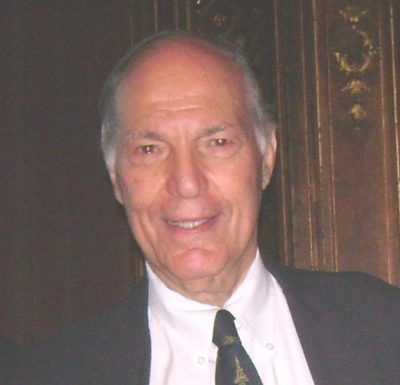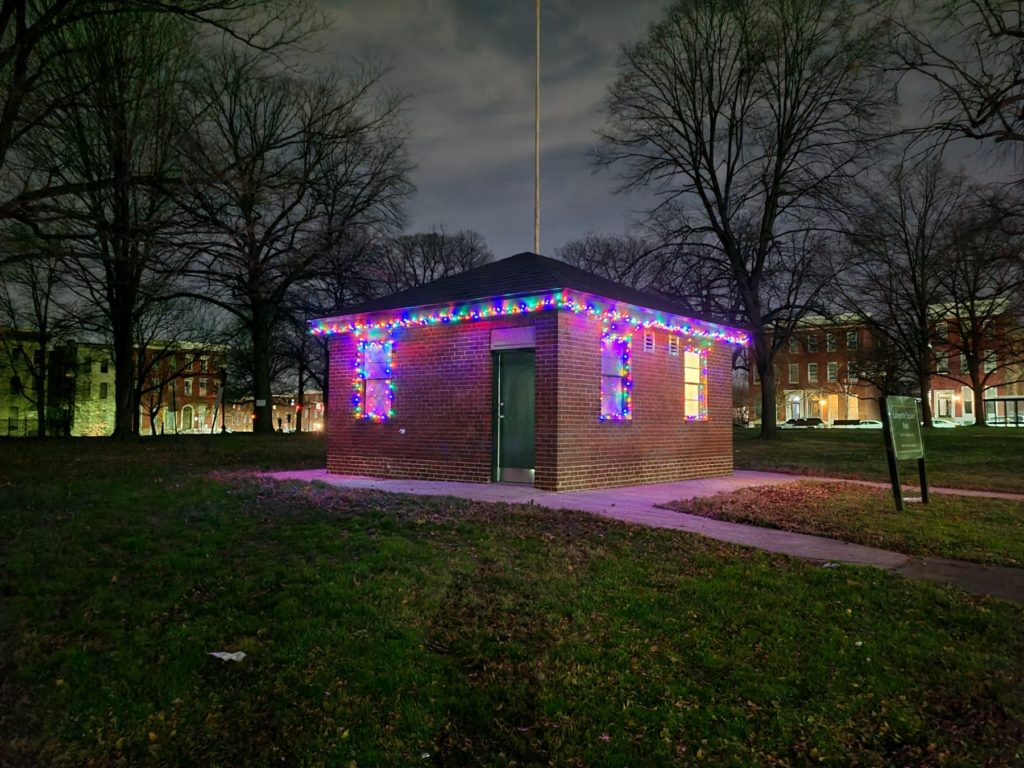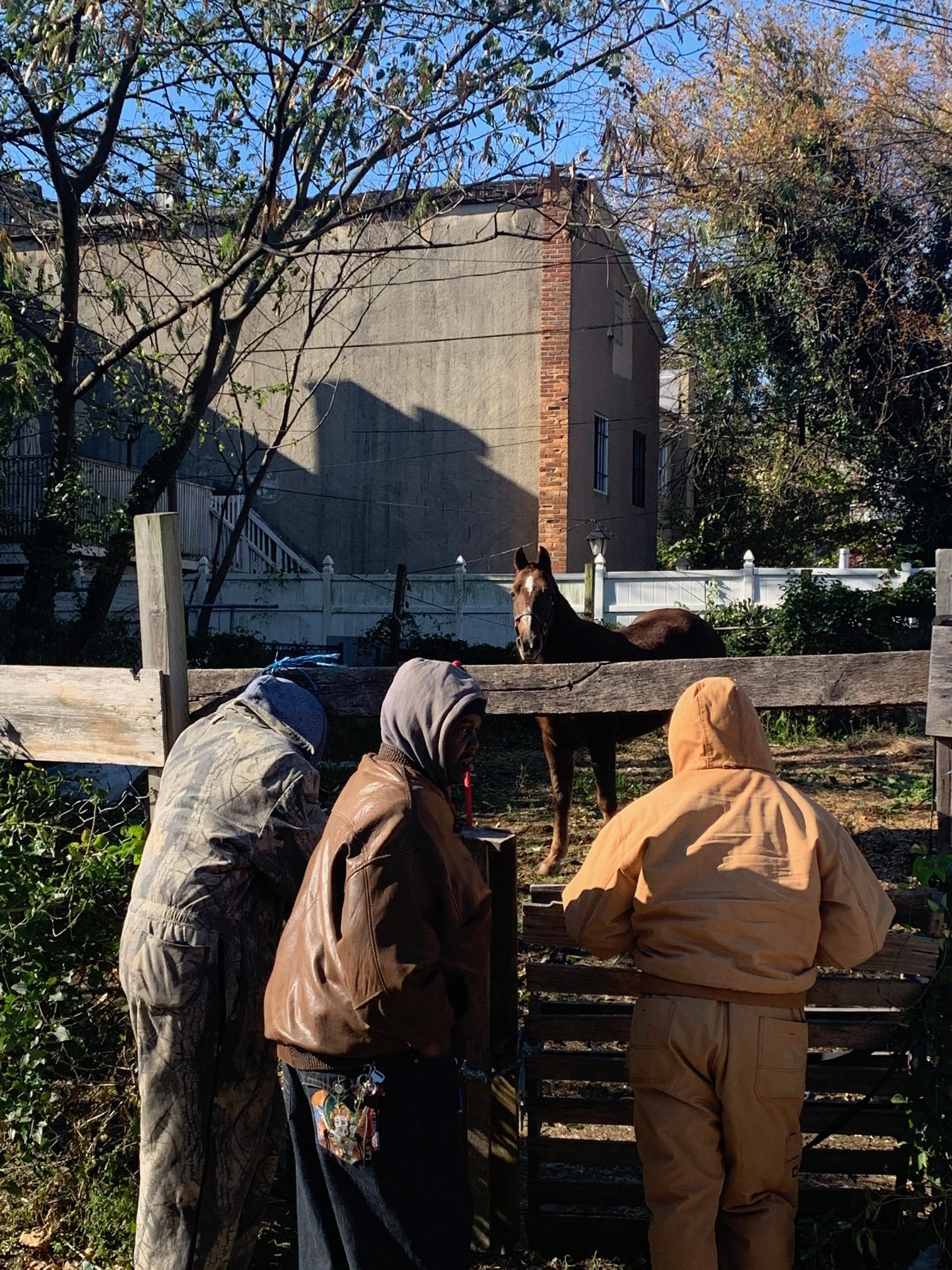Our 2021 Fall Lecture is virtual this year! On Friday, join us and the Baltimore Architecture Foundation to kick off Doors Open Baltimore with Dr. Lawrence Brown, author of The Black Butterfly: The Harmful Politics of Race and Space in America! Register here!
Dr. Brown will put Baltimore under a microscope, looking at the causes of segregation and drawing on extensive research of data and policy. Brown will demonstrate how data visualization can be a tool to distribute resources to communities in need, and speak to the roles of design, planning, and preservation in healing and restoring redlined Black neighborhoods.
Dr. Brown’s presentation will be followed by a discussion and Q&A moderated by author and journalist Elizabeth Evitts Dickinson.
Participating discussants include:
Seema Iyer, Ph.D, Associate Director of the Jacob France Institute, University of Baltimore
Tom Liebel, FAIA, Vice-President of Moseley Architects and CHAP Commission Chair
Nakita Reed, AIA, Associate, Quinn Evans Architects
A limited number of signed copies of The Black Butterfly: The Harmful Politics of Race and Space in America are available through the Baltimore Architecture Foundation bookstore at the Baltimore Center for Architecture and Design. Books can be purchased using one of the Eventbrite ticket options, either “Delivery” or Pick Up.” Further details on getting your book will be included in the confirmation email. Questions? Reach out to Nathan Dennies at ndennies@aiabalt.com.
Doors Open Baltimore 2021 includes a month’s worth of virtual and in-person programming. Visit www.doorsopenbaltimore.org for more information. We are pleased to be sponsoring this event in partnership with the Baltimore Architecture Foundation, which is handling registration.
About this event
This program is hosted on Zoom and Facebook Live. Upon registering you will receive an email confirmation and a Zoom link. If you do not receive a link, please contact ndennies@aiabalt.com. If you do not contact us at least 1 hour prior to the start of the program, we cannot guarantee admittance.
Tickets are donation based. We encourage you to give what you can to support BAF and Baltimore Heritage. Your support helps us make up for lost tour and program revenue from COVID-19 and create more virtual programs like this.
This talk is part of Free Fall Baltimore which is presented by BGE, and is a program of the Baltimore Office of Promotion and the Arts, an independent non-profit 501(c)(3) organization.








